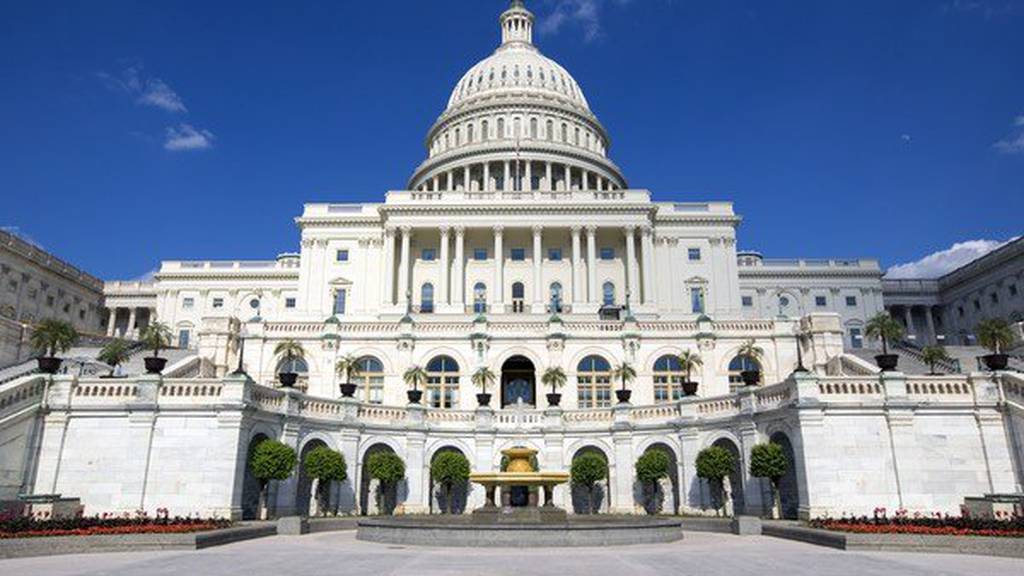By a vote of 219 to 212, the House of Representatives passed the health care reform bill. While it seems everybody has an opinion about Obamacare, we thought we’d stick just to the facts, and let you decide whether the bill is good or bad for the country. So with that in mind, here are 26 facts and figures about the health care reform bill:
- Republicans: No Republicans voted for the bill
- Democrats: 34 Democrats voted against the measure
Source: Health care reform: How House members voted - CNN.com
- 32 Million: The estimated number of currently uninsured Americans who will receive coverage under the bill
- $940 billion: The estimated cost of health care reform over the next 10 years
- $143 billion: The estimated reduction in the deficit from the bill over the next 10 years
- $53 billion: The portion of the $143 billion in deficit reduction that comes from social security payroll taxes that eventually will be paid out in the form of retirement benefits.
- $70 billion: The portion of the $143 billion in deficit reduction that comes from premiums to be collected as part of a new government-run, long-term care program for the elderly. These premiums eventually will be paid out in the form of benefits.
- $88,000: New health insurance subsidies would be provided to families of four making up to $88,000 annually, or 400 percent of the federal poverty level
- Pre-existing conditions: Insurance companies will be prohibited from denying coverage based on pre-existing conditions.
- Age 26: Insurers would be required to provide coverage for non-dependent children up to age 26
- Doughnut Hole: Under current law, Medicare stops covering drug costs after a plan and beneficiary have spent more than $2,830 on prescription drugs. It starts paying again after an individual's out-of-pocket expenses exceed $4,550. Called the doughnut hole, it will be closed by 2020.
- 40% Tax: A 40 percent tax would be imposed on insurance companies providing "Cadillac" health plans valued at more than $10,200 for individuals and $27,500 for families. The tax would kick in starting in 2018.
- 3.8% Medicare Tax: A 3.8% surcharge would be imposed on investment income for individuals making over $200,000 and couples making over $250,000. This tax increase is estimated to bring in $210 billion between 2013 and 2019.
- $695 or 2.5%: The potential amount of a fine if you fail to purchase health care insurance. Starting in 2016, Individuals would be required to purchase coverage or face a fine of up to $695 or 2.5 percent of income, whichever is greater. The plan includes a hardship exemption for poorer Americans.
- 50 employees: Companies with more than 50 employees would be required to pay a fee of $2,000 per worker if the company does not provide coverage and any of that company's workers receives federal health care subsidies. The first 30 workers would be subtracted from the payment calculation.
(source: Highlights of health care compromise bill - CNN.com)
- Abortion: In a deal with conservative Democrats, President Obama will sign an Executive Order "that will reaffirm its consistency with longstanding restrictions on the use of federal funds for abortion." The order can be rescinded by President Obama or any future president at any time, for any reason.
(sources: Obama Executive Order on Abortion Funding, What health care reform means for your small business - CNN Money, Checking the Math on Health Care - NYTimes.com)
- 0.9%: Medicare Part A (hospital insurance) tax rate would be increased by 0.9 percent, to 2.35 percent.
- $16 billion: The amount drug manufacturers would pay the US between 2011 and 2019.
- $47 billion: Health insurers would pay $47 billion over the same period.
- 2.9% excise tax: Medical device manufacturers would pay a 2.9 percent excise tax on the sale of any of their products beginning January 1, 2013.
- Tanning Tax: Health care reform establishes a tax of 10 percent on indoor tanning services. This would raise $2.7 billion between 2010 and 2019. As fare as we know, getting a tan outside is still free.
- $132 billion: Government payments to Medicare Advantage would be reduced by $132 billion over 10 years.
- Flexible Spending Accounts: The maximum amount you can set aside pre-tax for health care costs in a flexible spending account will be reduced from $5,000 to $2,500.
(source: Obamacare wins: Now the pain begins)
- 46%: The percentage of Americans in favor of health care reform, according to a Wall Street Journal-NBC News poll.
- 45%: The percentage of Americans against the bill according to the same poll.
- 36%: The percentage of Americans who think the bill is a "good idea," according to the same poll.
(source: American Public Divided On Health Care Reform (POLL))
Now it's your turn--what's your opinion about the health care reform bill?









